Energy and technology shares powered U.S. stock indexes to their highest in more than two weeks on Monday ahead of a crucial inflation reading this week that could determine the pace of interest rate hikes by the Federal Reserve.
The three major indexes have gained for four consecutive sessions as investors took advantage of a sharp drop in stock prices since mid-August that was triggered by concerns over soaring inflation and the impact of tighter monetary policy to curb it.
All eyes are on consumer prices data on Tuesday for any signs that price pressures may be easing. Headline inflation is expected to rise at an 8.1% pace over the year in August, compared with 8.5% in July. Core CPI, which strips out volatile factors such as energy and food, is expected to increase to 6.1% from 5.9% in the previous month.
A recent retreat in commodity prices, especially oil, has boosted hopes that the worst of price pressures is over, with the New York Fed’s monthly consumer expectations survey on Monday showing U.S. consumers’ inflation expectations over the next 12 months slid further in August.
“It’s possible that we see the headline (inflation) number flattish, maybe even negative. The equity market is of the belief that the Fed will blink in the face of weaker economic data because of the rate hiking that they’ve been doing from the beginning of the year,” said Paul Nolte, portfolio manager at Kingsview Asset Management in Chicago.
“I don’t think they’re going to dial back anytime soon … the issue right now is that even with a good inflation number, it is still going to be well above the Fed’s target of 2%.” Policymakers last week downplayed the importance of any single data point, and emphasized their determination to keep raising rates until there is a sustained drop in inflation, which has been running at 40-year highs.
Also Read| MCX gold price to trade sideways to weak this week, investors await US CPI inflation data; check support level
Money markets are pricing in a 91% chance of a third straight 75 basis point increase by the U.S. central bank on Sept. 21. At 11:50 a.m. ET, the Dow Jones Industrial Average was up 221.67 points, or 0.69%, at 32,373.38, the S&P 500 was up 36.68 points, or 0.90%, at 4,104.04, and the Nasdaq Composite was up 112.19 points, or 0.93%, at 12,224.49.
Analysts also noted the recent rally in the S&P 500 came after the benchmark index tested and held the 3,900 level, seen as a significant technical support level, on several occasions over the past two weeks. All of the S&P 500 sectoral indexes rose, led by a 2.2% jump in energy shares. Oil prices climbed as supply concerns mounted amidst uncertainty over Iranian nuclear talks.
Rate-sensitive technology and growth stocks such as Microsoft Corp, Amazon.com, Tesla Inc and Apple Inc added between 0.7% and 3%, providing the biggest boost to S&P 500 and the Nasdaq. Bristol-Myers Squibb Co gained 5.5% after the U.S. Food and Drug Administration approved the company’s oral treatment for adults with plaque psoriasis.
Shares of Amgen, which makes psoriasis drug Otezla, fell 3.5%.
Carvana Co jumped 8.2% as Piper Sandler upgraded the online used-car seller’s stock to “overweight” from “neutral”, saying it is grossly undervalued.
Twitter Inc slipped 1.7% after the social media company said it did not breach any agreement for paying a whistleblower and that Elon Musk’s attempt to terminate his $44 billion deal was invalid.
Advancing issues outnumbered decliners by a 4.14-to-1 ratio on the NYSE and by a 1.81-to-1 ratio on the Nasdaq.
The S&P index recorded 11 new 52-week highs and no new low, while the Nasdaq recorded 29 new highs and 36 new lows.
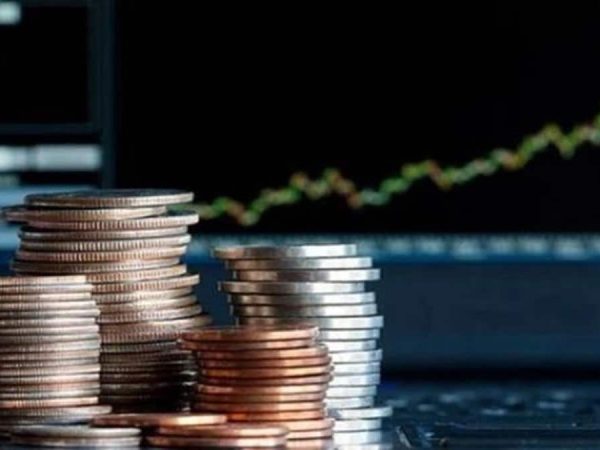
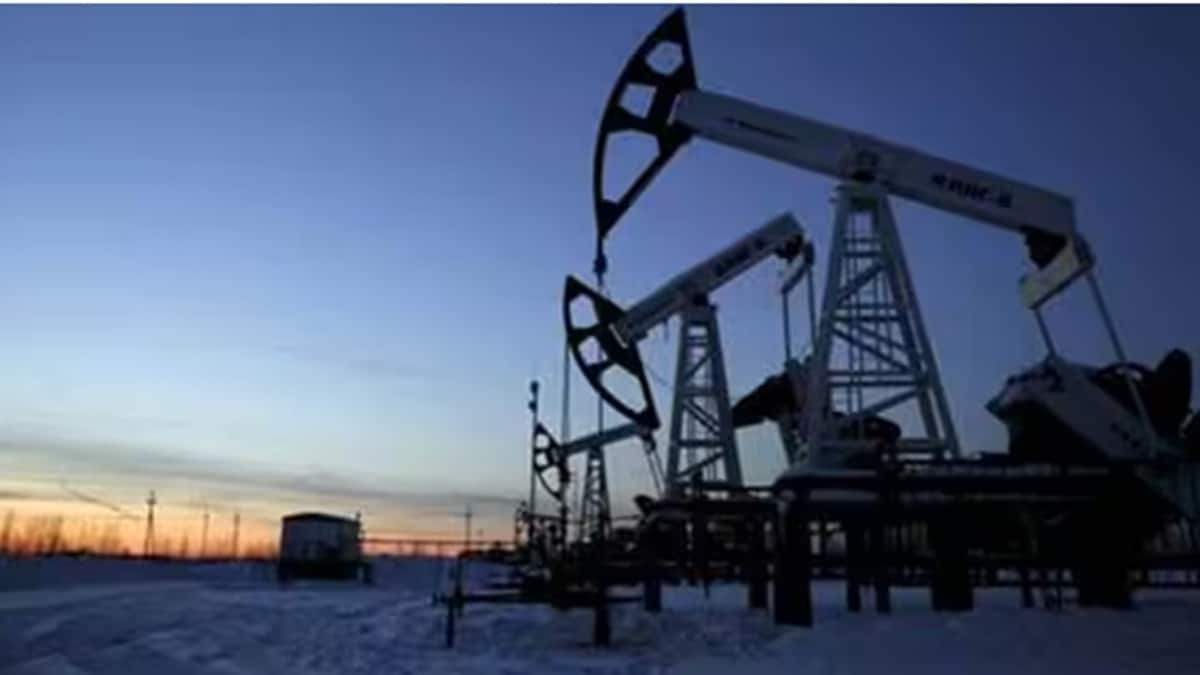
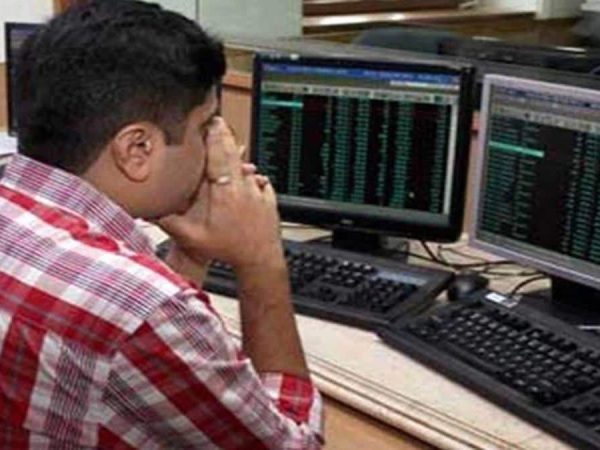
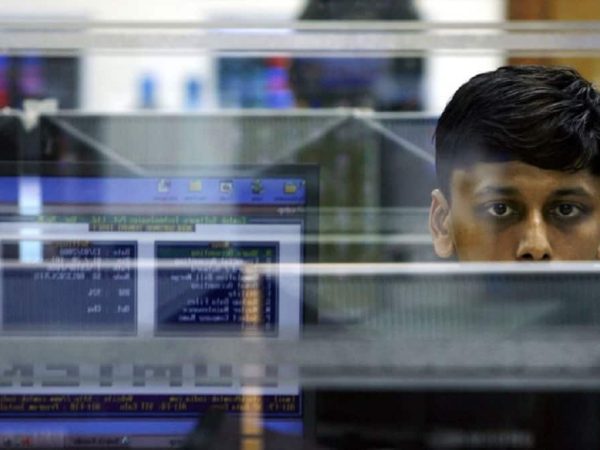
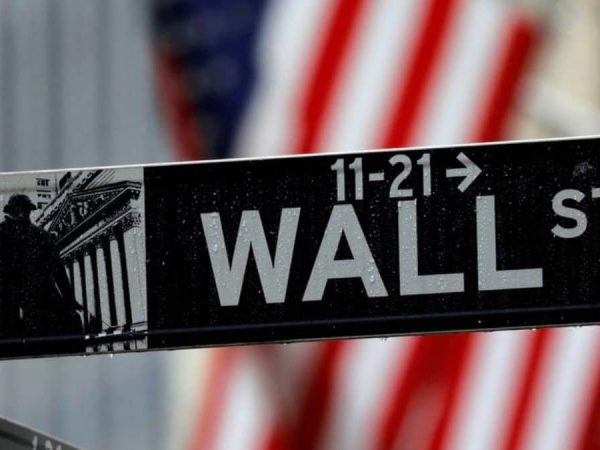
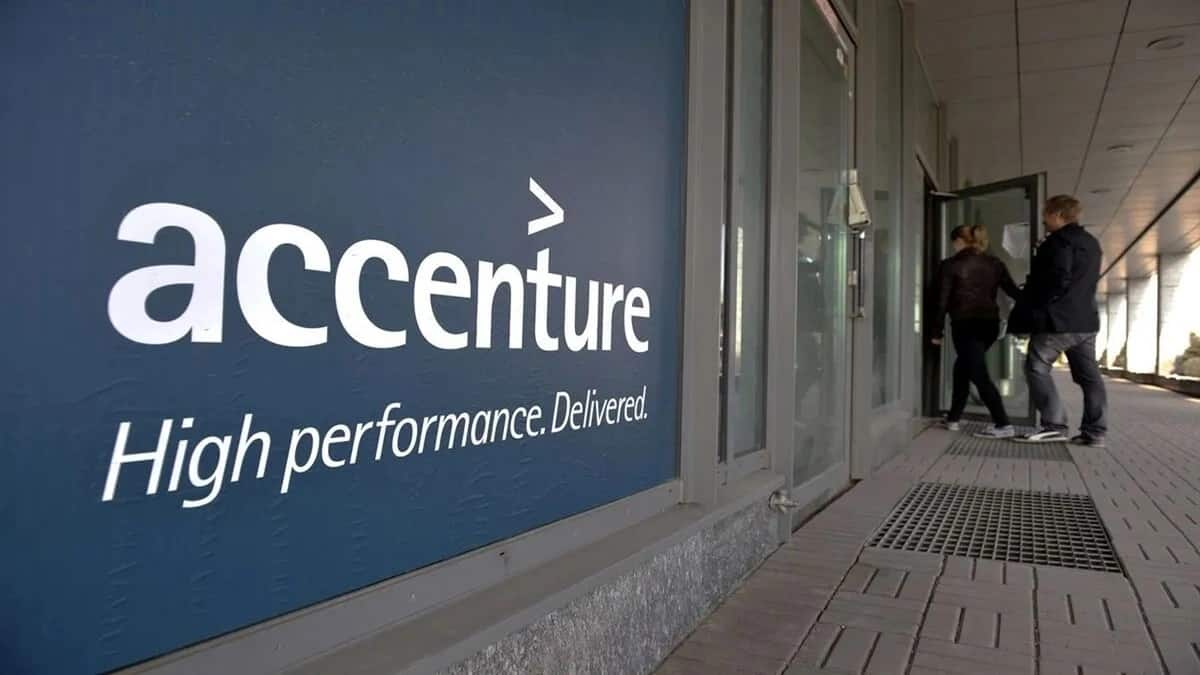

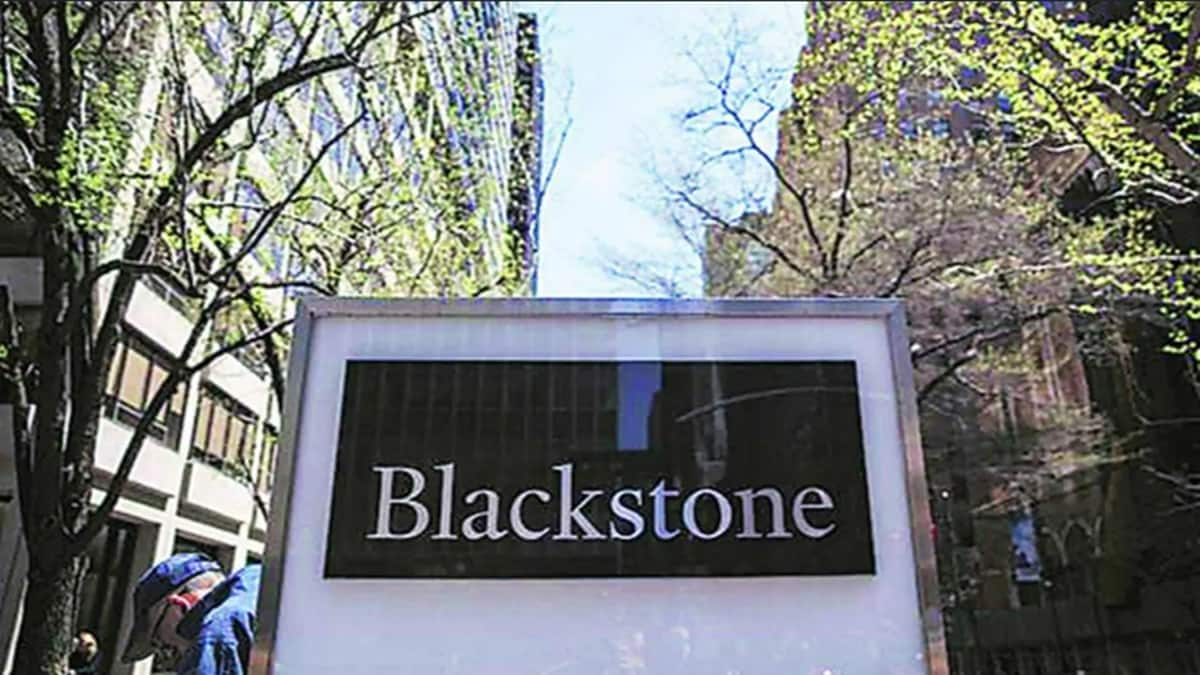
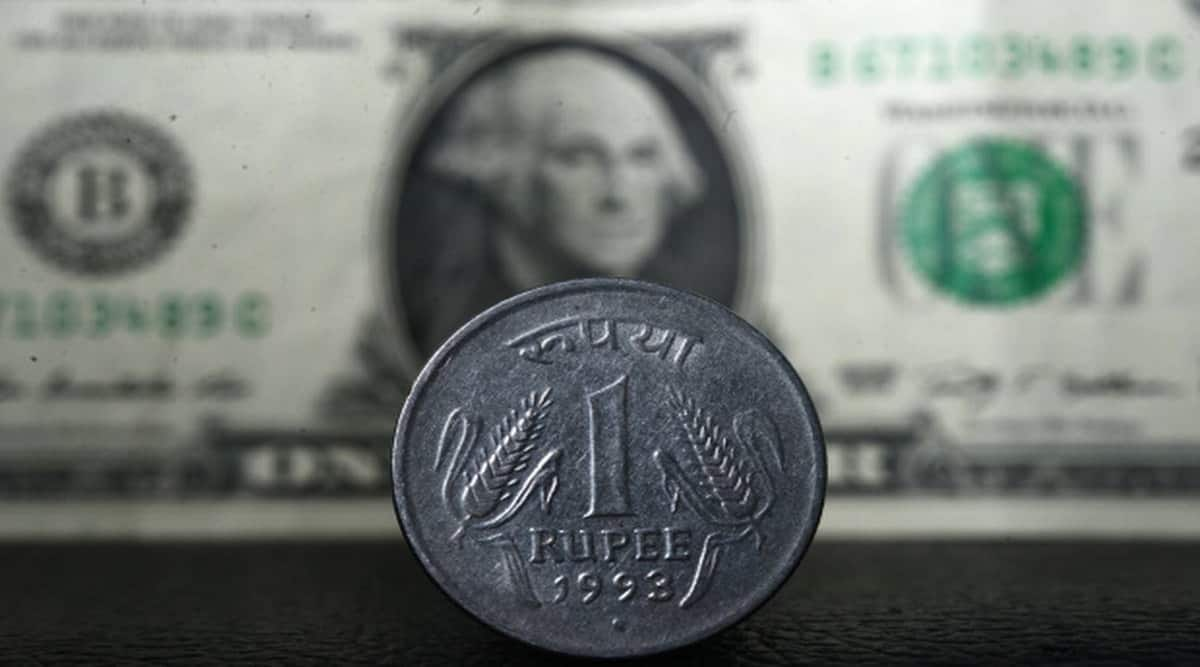


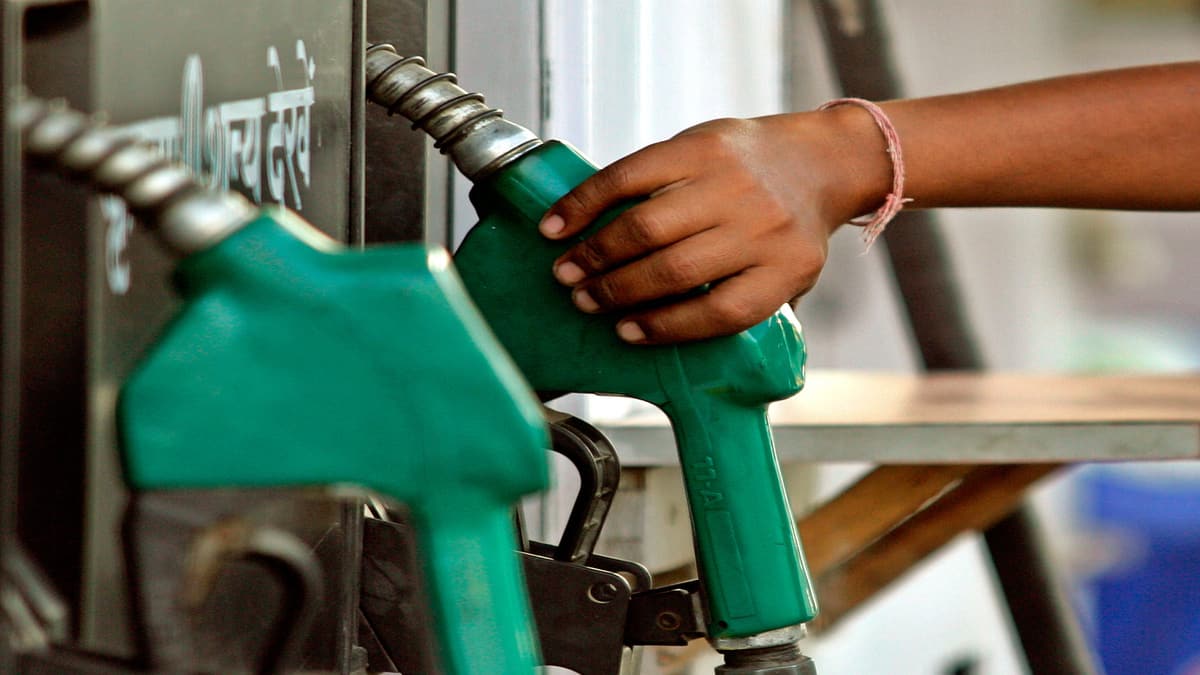
Recent Comments